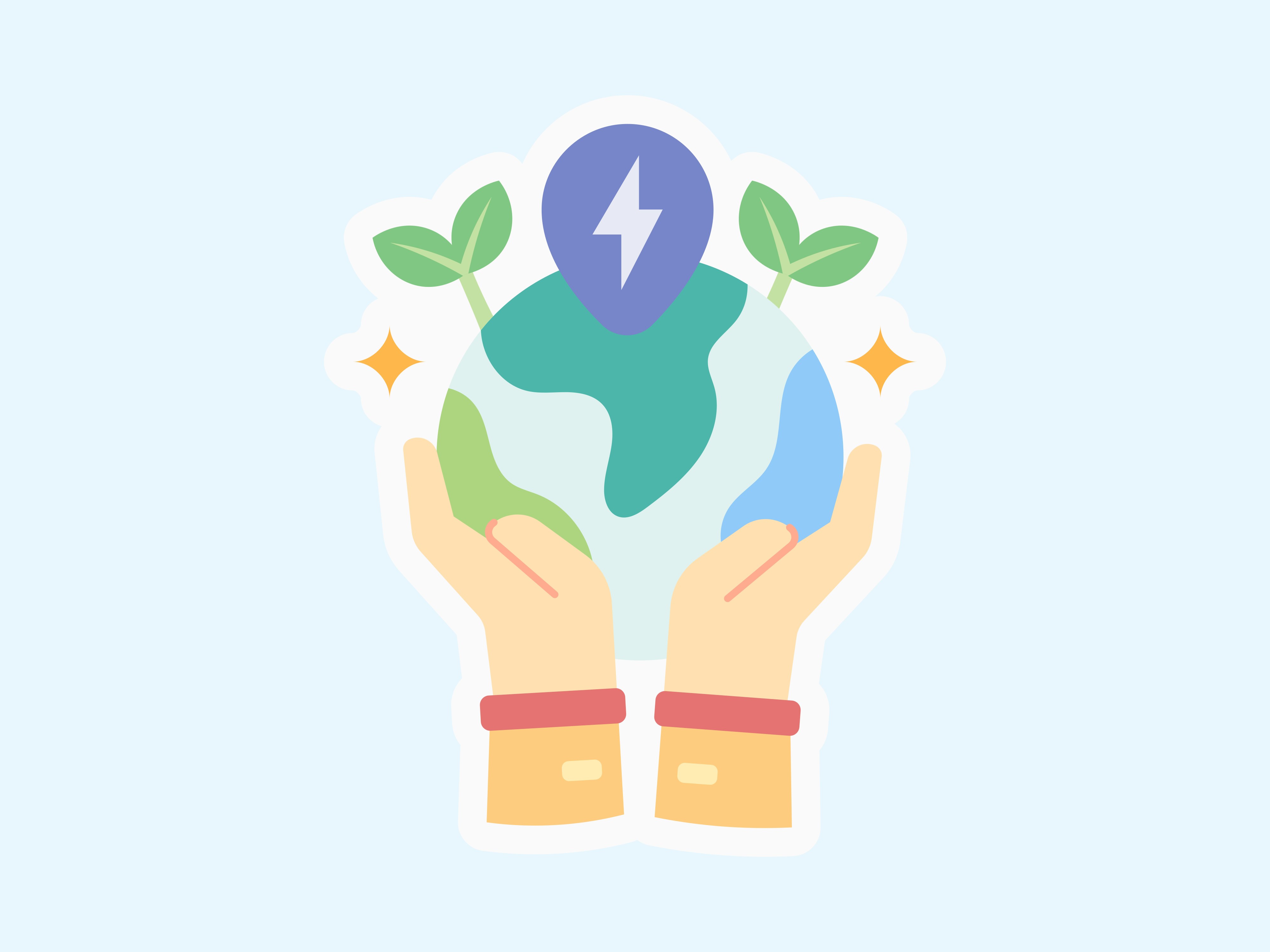
As the world faces growing environmental challenges, the role of digital products in reducing environmental impact is becoming increasingly important. While digital products themselves don’t emit carbon dioxide or create physical waste, their design, development, and usage can still contribute to environmental degradation. However, with the right design principles and strategies, digital products can not only minimize harm but also actively promote sustainability.
Here’s how digital product design can contribute to a more sustainable future.
Optimizing for Energy Efficiency
One of the most significant ways digital products can reduce their environmental footprint is by being energy-efficient. Every time a user interacts with a website, app, or software, servers and devices consume energy. The larger the file sizes, the more complex the processes, and the less optimized the code, the greater the energy required.
Strategies for Energy-Efficient Design:
- Lightweight Design: Optimize images, minimize data requests, and reduce file sizes so digital products load faster and consume less power.
- Efficient Code: Write clean, efficient code that reduces processing demands, minimizing the energy consumed by servers and user devices.
- Dark Mode: Offering a dark mode option both improves user experience and reduces energy consumption on OLED and AMOLED screens by lowering the need for screen brightness.
Green Hosting Solutions
Behind every digital product is a network of servers that store data and run operations. Data centers can have a substantial environmental impact due to their energy consumption and cooling needs. However, using green hosting solutions can significantly reduce this footprint.
Choosing Environmentally Friendly Hosting Providers:
- Renewable Energy-Powered Servers: Choose hosting services that are powered by renewable energy sources like wind, solar, or hydroelectric power.
- Data Center Efficiency: Opt for hosting providers that prioritize energy-efficient data centers and have initiatives to offset their carbon emissions.
- Serverless Architecture: Serverless computing can reduce unnecessary server usage by only activating servers when specific functions are needed, reducing energy waste.
Sustainable UX/UI Design
Sustainable design also extends to how users interact with digital products. Poor user experience can result in users spending more time and resources navigating through interfaces, leading to unnecessary energy consumption. Sustainable UX/UI design aims to streamline interactions, reduce time spent on tasks, and create a more efficient digital experience.
UX/UI Design for Sustainability:
- Simplified Navigation: Design intuitive and efficient navigation paths to help users accomplish tasks quickly, and minimize their online time.
- Fast Loading Times: Prioritize fast loading speeds through optimized images, caching strategies, and minimalistic designs that reduce the amount of data transferred.
- Low-Impact Animations: While animations can enhance user experience, they can also slow down loading times and increase energy consumption. Using subtle, low-impact animations can strike a balance between aesthetics and sustainability.
Extending the Lifecycle of Devices
Many digital products are designed with the intention that they will become outdated after a few years, requiring users to upgrade to new devices. This contributes to the growing problem of electronic waste (e-waste), which is a significant environmental issue. By designing digital products that work efficiently on older hardware, designers can help extend the lifecycle of devices and reduce e-waste.
How to Support Longer Device Lifecycles:
- Backward Compatibility: Ensure that new software updates and digital products can run on older devices, reducing the need for users to purchase new hardware.
- Low Resource Usage: Design applications that do not require excessive processing power or memory, so they can function smoothly on older, less powerful devices.
- Software Longevity: Provide long-term software support for products, encouraging users to keep their devices longer rather than upgrading to the latest model every year.
Reducing Digital Waste
Digital waste, like unused apps, cluttered cloud storage, and excessive data retention, can also have an environmental impact. Every file stored in the cloud requires energy to maintain, and unused apps on devices take up space and processing power.
Strategies for Reducing Digital Waste:
- Encourage Digital Decluttering: Promote good digital hygiene by encouraging users to regularly delete unused files, apps, and emails.
- Efficient Data Storage: Use efficient data storage methods, such as compressed backups and archiving unused data, to reduce the storage demands of your digital product.
- Data Minimization: Collect only the data you need and delete outdated or irrelevant data to avoid unnecessary storage.
Promoting Responsible User Behavior
Sustainable digital design isn’t just about the product itself; it’s also about encouraging users to adopt environmentally friendly practices. Digital products can play an active role in promoting sustainable behaviors and guiding users toward more eco-conscious choices.
Ways to Encourage Sustainable Behavior:
- Sustainable Usage Tips: Provide users with tips on how to use your product in a more energy-efficient way, such as enabling dark mode or reducing screen brightness.
- Environmental Awareness Campaigns: Incorporate sustainability messaging into your product’s content, promoting recycling, energy-saving practices, or reducing digital waste.
- Gamification of Sustainable Actions: Use gamification to incentivize users to engage in environmentally friendly behaviors, such as reducing cloud storage usage or minimizing data traffic.
Sustainable digital design is not only good for the planet, but it also reflects positively on brands, attracting environmentally conscious consumers and demonstrating a commitment to long-term sustainability. As the demand for digital products grows, so does the opportunity for the industry to lead the way in creating a more sustainable, eco-friendly future.
